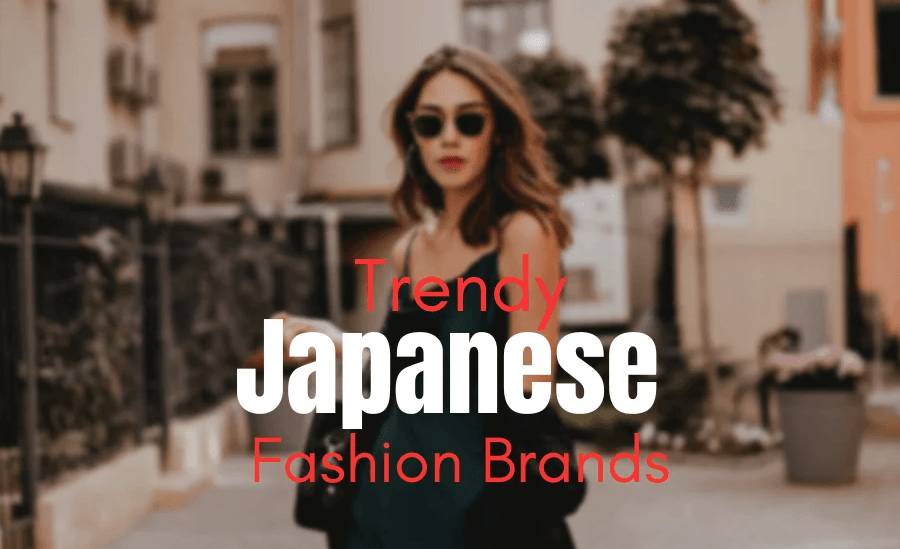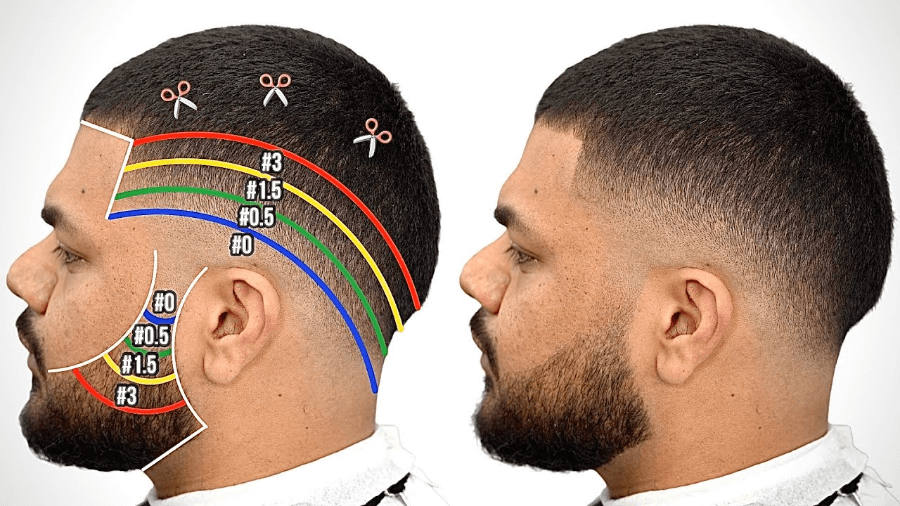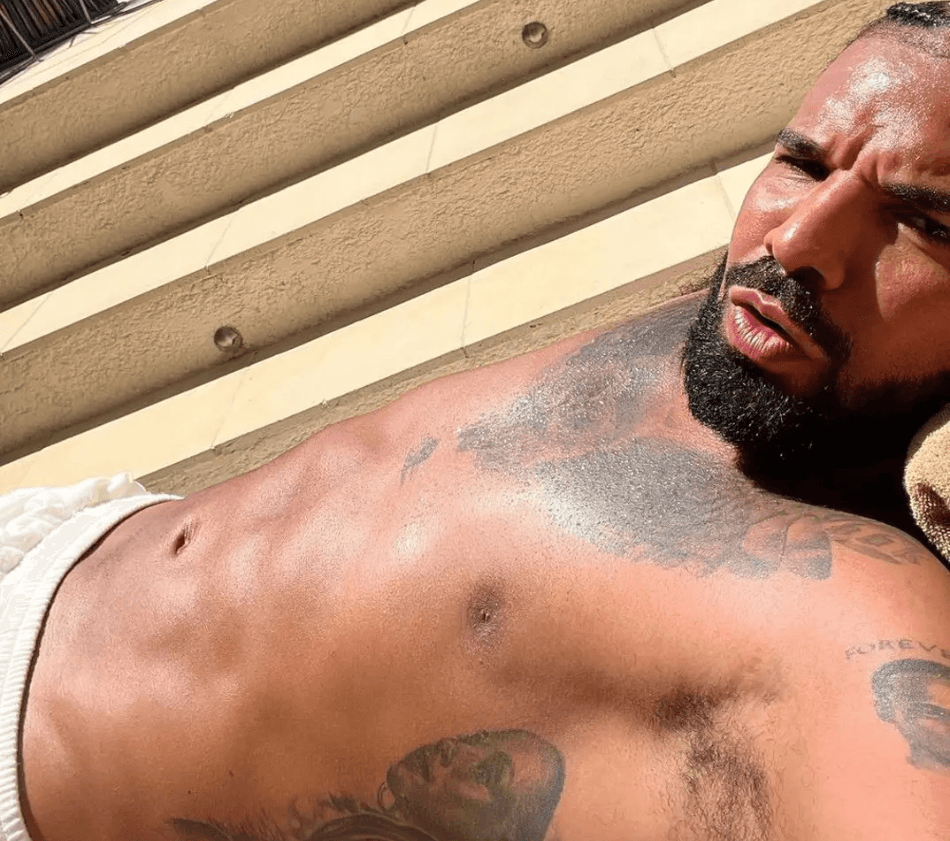📑Table of Contents:
Japanese fashion brands have taken the global stage by storm. They blend tradition with innovation, creating unique styles that captivate fashion enthusiasts worldwide. This blog post explores some of the most influential Japanese fashion brands, their histories, and what sets them apart.

Historical Context
The Evolution of Japanese Fashion
Japanese fashion has a rich and diverse history, evolving from traditional garments to modern avant-garde styles that have influenced global fashion trends. The journey of Japanese fashion can be traced through various periods, each contributing to its unique character.
- Heian Period (794-1185): This era introduced elaborate court attire, with the junihitoe, a twelve-layered kimono worn by noblewomen, symbolizing status and aesthetic refinement.
- Edo Period (1603-1868): The isolationist policies of the Edo period led to the development of distinct Japanese cultural practices, including fashion. The kimono became the standard attire, with intricate patterns and techniques like shibori (tie-dye) and yuzen (hand-painting) flourishing.
- Meiji Era (1868-1912): Japan opened up to the West, combining Western and Japanese styles. The Meiji Restoration prompted men to adopt Western suits while women began integrating Western elements into their traditional clothing.
- Post-War Era (1945-1970s): Japan experienced rapid economic growth and a cultural renaissance after World War II. Western influences permeated Japanese fashion, leading to the rise of new subcultures and styles. Introducing ready-to-wear fashion and establishing fashion schools like Bunka Fashion College played a crucial role.
- 1980s-1990s: The Avant-Garde Movement: Designers like Yohji Yamamoto, Rei Kawakubo (Comme des Garçons), and Issey Miyake emerged as global fashion icons known for their innovative and often deconstructivist approaches to fashion. Their work challenged traditional Western aesthetics and introduced concepts like androgyny, asymmetry, and the use of unconventional materials.
- 2000s-Present: Global Influence and Streetwear: The rise of Japanese streetwear, epitomized by brands like A Bathing Ape (BAPE) and Undercover, brought a new wave of influence. Harajuku, a district in Tokyo, became synonymous with vibrant and eclectic street fashion, influencing designers worldwide. Contemporary designers continue to push boundaries, blending traditional techniques with modern technology and sustainable practices.
Key Moments and Figures in Japanese Fashion History
Kenzo Takada (1970s): Founder of Kenzo, he was one of the first Japanese designers to achieve success in Paris. His colorful and eclectic designs combined traditional Japanese aesthetics with European influences.
Yohji Yamamoto (1981): Debuting his collection in Paris, Yamamoto’s minimalist and avant-garde designs challenged conventional notions of fashion. His use of black, oversized silhouettes, and innovative fabrics redefined modern aesthetics.
Rei Kawakubo (1981): The founder of Comme des Garçons, Kawakubo’s designs are known for their radical and unconventional approach. Her work often explores themes of imperfection, asymmetry, and deconstruction, making her a pivotal figure in avant-garde fashion.
Issey Miyake (1980s): Renowned for his technological innovations in fabric, Miyake’s creation of the pleated garment in the late 1980s revolutionized fashion. His blend of art, science, and fashion set new standards for design and functionality.
Harajuku Street Fashion (1990s-2000s): The vibrant street fashion scene in Harajuku gained international fame, with subcultures like Lolita, Decora, and Gyaru showcasing bold, eclectic, and sometimes eccentric styles. This period highlighted Japan’s unique ability to blend traditional and contemporary influences.
Nigo (1993): Founder of A Bathing Ape (BAPE), Nigo played a crucial role in popularizing Japanese streetwear globally. His designs, characterized by bold graphics and limited-edition releases, have become highly sought after.
Hiroshi Fujiwara (1990s-Present): Often called the “godfather of streetwear,” Fujiwara’s influence spans music, fashion, and design. His collaborations with global brands like Nike and Louis Vuitton have cemented his status as a key figure in the fusion of high fashion and streetwear.
Comme des Garçons: Avant-Garde Excellence
Comme des Garçons, founded by Rei Kawakubo in 1969, epitomizes avant-garde fashion. Known for its bold designs, the brand challenges conventional fashion norms.
- Rei Kawakubo: A visionary designer whose work redefines fashion. Her designs often feature asymmetry, unusual fabrics, and a deconstructed aesthetic.
- Signature Pieces: Comme des Garçons’ pieces are instantly recognizable, from oversized silhouettes to polka-dotted patterns. They often blur the lines between art and fashion.
- Global Influence: The brand has a significant presence in major fashion capitals. Its flagship stores in Tokyo, Paris, and New York are fashion landmarks.
Comme des Garçons continues to inspire with its fearless approach to design.
Issey Miyake: Innovation Meets Tradition
Established in 1970, Issey Miyake is renowned for its innovative use of technology and fabric. Its designs are a testament to the harmony between tradition and modernity.
- Pleats Please is one of Miyake’s most iconic lines. The pleated fabric is lightweight, durable, and timeless.
- A-POC (A Piece of Cloth): An innovative concept where entire garments are created from a single piece of fabric. This approach minimizes waste and showcases Miyake’s forward-thinking design.
- Fragrance Line: Beyond clothing, Miyake’s perfumes, such as L’Eau d’Issey, have also become iconic.
Issey Miyake’s work perfectly blends technology and tradition, making it a staple in modern fashion.
Yohji Yamamoto: The Master of Black
Yohji Yamamoto, a legend in the fashion industry, is known for his dramatic, oversized designs. His work often features a monochromatic palette, particularly black.
- Design Philosophy: Yamamoto’s designs are not just about clothing but about creating an identity. He often plays with volume, texture, and form.
- Y-3 Collaboration: His collaboration with Adidas, known as Y-3, merges high fashion with sportswear. This partnership has produced some of the most innovative athletic wear.
- Cultural Impact: Yamamoto’s influence extends beyond fashion. His work has appeared in films, art exhibitions, and music videos.
Yohji Yamamoto’s creations are timeless, continually influencing both fashion and culture.
Sacai: Hybrid Fashion
Sacai, founded by Chitose Abe in 1999, is known for its hybrid designs. Abe’s blending of garments into a cohesive piece sets Sacai apart.
- Design Approach: Sacai combines contrasting elements, such as masculine and feminine, casual and formal. This results in unique, versatile pieces.
- Collaborations: The brand has collaborated with numerous other labels, including Nike, to create innovative, sought-after collections.
- Global Presence: Sacai’s designs are loved worldwide, with a strong presence in luxury fashion stores and online platforms.
Sacai’s ability to innovate while maintaining a cohesive brand identity makes it a standout in contemporary fashion.
Undercover: Subversive Streetwear
Undercover, launched by Jun Takahashi in 1993, merges streetwear with high fashion. The brand is known for its rebellious, punk-inspired aesthetic.
- Design Elements: Undercover often features graphic prints, unconventional silhouettes, and a mix of materials. These elements reflect Takahashi’s subversive vision.
- Collaborations: The brand’s partnerships with Nike and other high-profile companies have elevated its status in streetwear and luxury markets.
- Cultural Influence: Undercover’s designs resonate with youth culture and significantly influence global streetwear trends.
Jun Takahashi’s Undercover continues to challenge and redefine the boundaries of fashion.
How to Incorporate Japanese Fashion into Your Wardrobe
Practical Tips for Adopting Japanese Fashion Styles
- Embrace Minimalism:
- Focus on simplicity and clean lines.
- Opt for neutral colors like black, white, gray, and beige.
- Invest in high-quality basics that can be mixed and matched.
- Play with Layers:
- Layer different textures and lengths to add depth to your outfit.
- Combine oversized pieces with more fitted ones to create a balanced look.
- Don’t be afraid to layer unconventional pieces like a kimono over a casual outfit.
- Incorporate Traditional Elements:
- Add a touch of traditional Japanese fashion with pieces like kimono jackets or haori.
- Look for modern interpretations of traditional garments, such as kimono-inspired dresses or tops.
- Focus on Unique Silhouettes:
- Experiment with oversized and asymmetrical designs.
- Try wide-leg pants, oversized shirts, and cocoon coats to achieve a distinctive look.
- Balance voluminous items with more structured pieces to avoid looking overwhelmed.
- Mix Patterns and Textures:
- Don’t be afraid to combine different patterns and textures, a hallmark of Japanese street fashion.
- Use contrasting fabrics, such as pairing a silky top with a wool skirt or denim pants.
- Pay Attention to Details:
- Look for clothing with unique details like draping, pleats, and innovative cuts.
- Subtle embellishments and intricate designs can add a Japanese flair to even the simplest outfits.
- Adopt a Streetwear Edge:
- Incorporate elements of Japanese streetwear, like graphic tees, sneakers, and hoodies.
- Experiment with bold prints and accessories to make a statement.
- Brands like A Bathing Ape (BAPE) and Undercover can serve as inspiration.
- Sustainability and Functionality:
- Choose sustainable and functional pieces, reflecting the Japanese ethos of practical yet stylish clothing.
- Brands like Muji and Uniqlo offer minimalist, functional clothing that aligns with this philosophy.
Key Pieces to Consider and How to Style Them
- Kimono Jacket (Haori):
- Pair with a simple t-shirt and jeans for a casual yet stylish look.
- For a more formal occasion, layer over a dress or tailored pants and blouse.
- Wide-Leg Pants:
- Style with a fitted top or turtleneck to balance the volume.
- Add a belt to define the waist and create a flattering silhouette.
- Asymmetrical Tops and Dresses:
- Pair an asymmetrical top with slim-fit pants or a skirt.
- Choose an asymmetrical dress for a statement piece, accessorized with minimalist jewelry.
- Layered Skirts:
- Combine with a tucked-in blouse or a cropped sweater to highlight the skirt’s design.
- Experiment with different lengths and textures for a dynamic look.
- Graphic Tees and Hoodies:
- Wear with jeans or cargo pants for a casual, streetwear-inspired outfit.
- Layer under a blazer or denim jacket for a smart-casual look.
- Minimalist Coats (Cocoon Coats, Trench Coats):
- Pair with monochrome outfits to emphasize the coat’s design.
- Use as a statement piece over simple, clean-cut clothing.
- Traditional Footwear (Geta, Zori):
- Incorporate geta or zori sandals for a traditional touch, paired with modern casual wear.
- For a more contemporary look, opt for tabi boots or shoes that blend traditional design with modern comfort.
- Sustainable Basics:
- Invest in quality basics like plain t-shirts, sweaters, and trousers from sustainable brands.
- Mix these basics with more standout pieces for a balanced wardrobe.
By integrating these practical tips and key pieces, you can effortlessly incorporate Japanese fashion into your wardrobe, creating looks that are both stylish and uniquely influenced by Japanese aesthetics.
Future of Japanese Fashion Brands
The future of Japanese fashion brands looks promising. As they continue to innovate, their influence will only grow stronger.
- Sustainability: Many Japanese brands are adopting sustainable practices. This includes using eco-friendly materials and minimizing waste.
- Technological Integration: The integration of technology in fashion, from smart fabrics to virtual fashion shows, will play a significant role in the evolution of these brands.
- Global Expansion: Japanese fashion brands are expanding their international footprint, opening new stores, and increasing their online presence.
The commitment to innovation and quality ensures that Japanese fashion brands remain at the industry’s forefront.

Conclusion
Japanese fashion brands offer a unique blend of tradition, innovation, and artistic expression. From the avant-garde designs of Comme des Garçons to the hybrid fashion of Sacai, each brand brings something unique to the table. Their influence on the global fashion scene is undeniable and continues to grow. Embrace Japanese fashion brands’ distinct styles and visionary designs, and discover the artistry that defines them.
In conclusion, Japanese fashion brands are more than just clothing labels. They are pioneers of creativity and innovation. Whether you’re looking for avant-garde pieces or cutting-edge streetwear, these brands offer something for everyone. Explore the world of Japanese fashion and experience the fusion of tradition and modernity.





